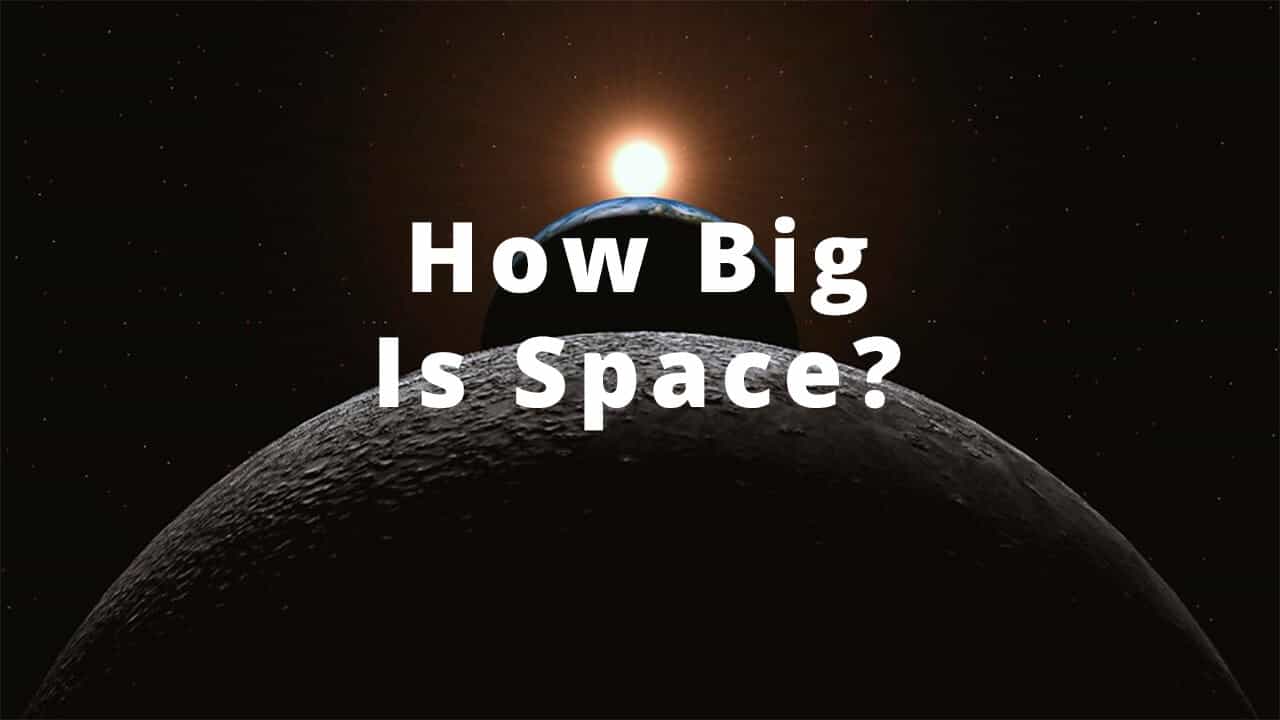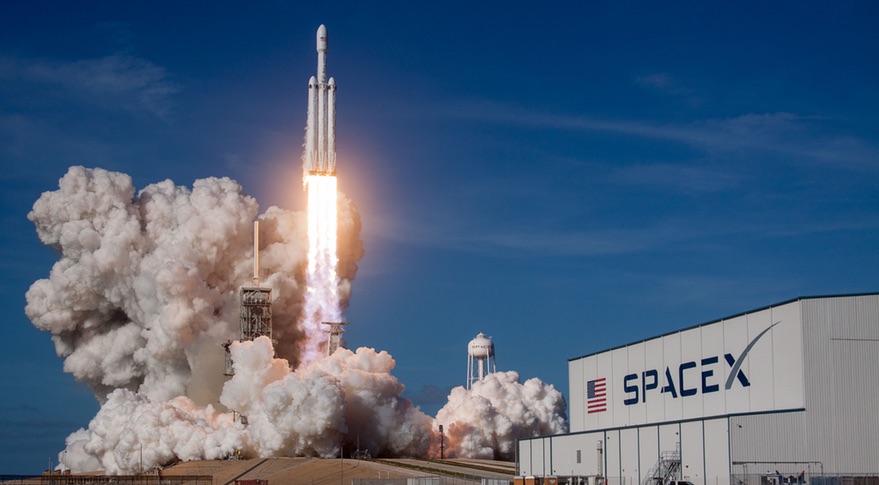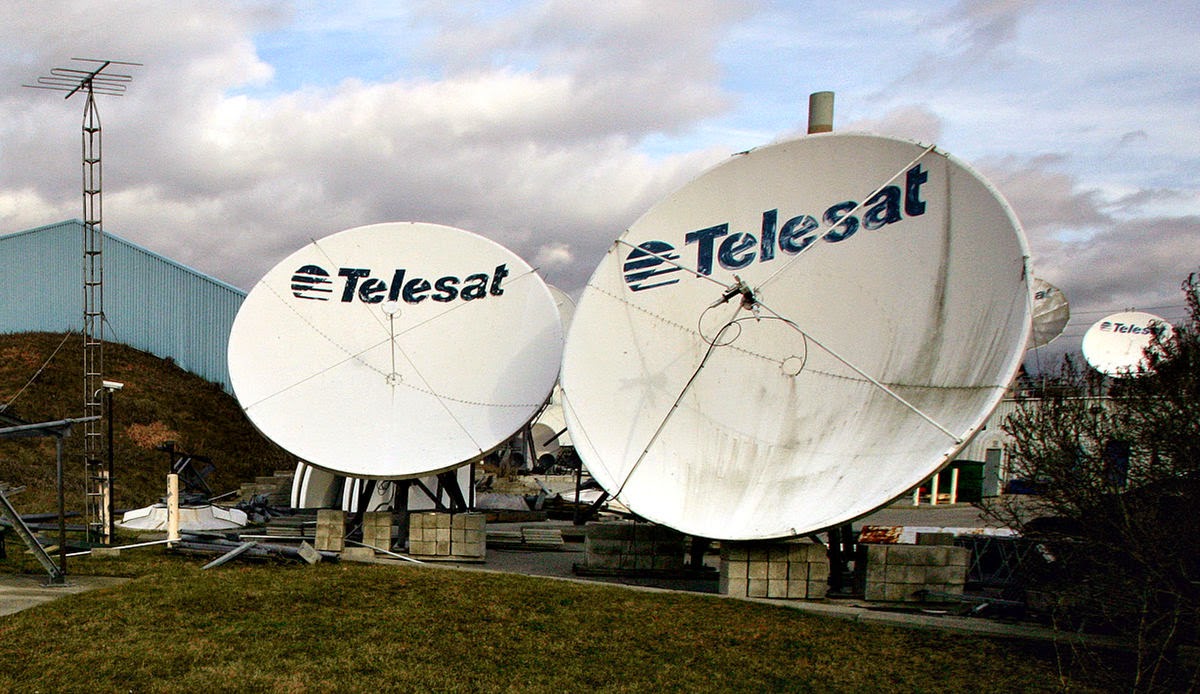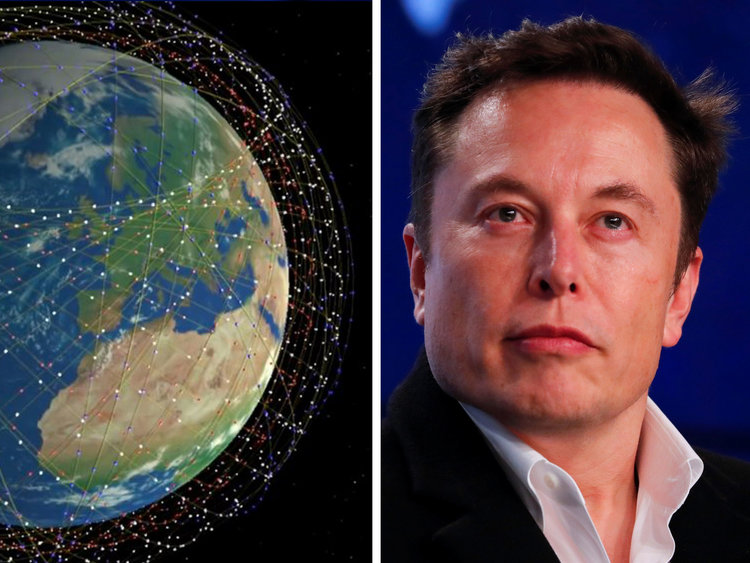Category: Internet
-

Private Sector Space
The second session of the Course on “The Business and Economics of Space” was on Tuesday, Nov 9. This time the topic was the Private Sector of the Space Industry, as distinct from the government, civil or military side. You can find my earlier posts on the first session here, as well as my remarks…
-

NewSpace
The first session of the course on “The Business and Economics of the Space” was last night, Monday Nov 8. The topic was the History of Space and the Contemporary Space Agency. My key takeaway from the session was the rise of the NewSpace industry. Earlier this summer I wrote about “Space; the final telco…
-

Back to School
Some of you may have noticed that I write on here about more than just international telecom. There are book reviews, conferences that I attend, the fight against telecom fraud and space. On my twitter feed and LinkedIn there is also more and more about space. Why is that ? The NewSpace industry is one…
-

Elon and Jeff are brilliant ! Surely THEY can solve our broadband issues.
Much has happened since we last visited the wacky world of low earth orbit (LEO) satellite constellations and their use in providing improved broadband service to Canada’s rural and remote users. This past Tuesday, July 21, all of Iqaluit, the capital of the Territory of Nunavut was without communication services ; no Internet, no landline,…
-

Elon is not coming to rescue Canada’s remote broadband
The telecom press in Canada has been gushing over the news that Elon Musk and his company SpaceX has visions of coming to Canada to provide super-fast Internet service to rural and remote Canadians via their StarLink LEO (low Earth orbit) satellite constellation. Please take a step back. Pause. Take a deep breath. Just stop…